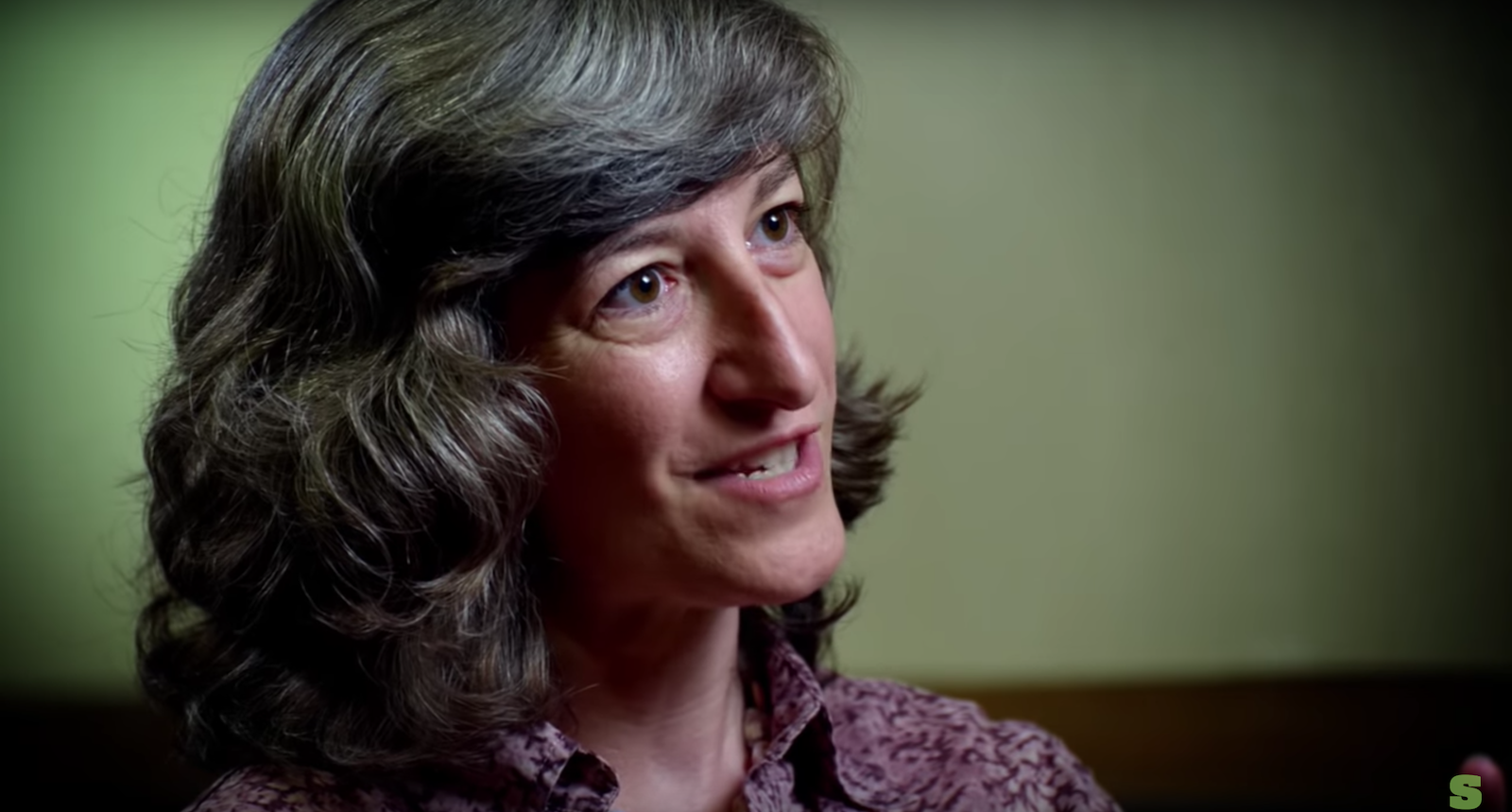Rarely in Leadership Development can one say that poor communication could cost lives; but for Jason Sperling, MD, clear and concise dialogue is essential for patient safety in the surgery room.
In this two-person Sage Advice episode, Alida Zweidler-McKay from ZM Coach joins the conversation to offer suggestions that invite non-hostile, two-way talk from organizations with very firm power structures.
Transcript
Zweider McKay: Communication is the flow of information. Is information transferring from you to me and from me to you? And there are things that we do that get in the way of that happening. If you say something to me and what I respond with is, “Yes, but…” Then I’ve just stopped the flow of information. And it’s likely that what you’re going to do back to me is, “Yes, but… ” which means you’re not taking in what I told you.
Different from, you say something to me and what I say back is, “What I hear you saying is, I understand.” And then maybe I ask you a question. I’ve given you evidence that I heard what you said, and I prompted the conversation to go a little farther. Amy Edmondson is a researcher at Harvard, and she was looking at the dynamics around speaking up in organizations, and specifically in operating rooms. And what she found is, when people speak up, those teams where people really had that open flow of communication were faster to implement, and they were more effective in their implementation.
Jason Sperling: Communication starts before we’re actually in the operating room. It’s a real constant interaction to the point where the anesthesiologists may say, “Jason, I think you need to shut this vessel,” which is usually not something an anesthesiologist is going to tell the heart surgeon to do in this setting, but we want them to have the experience of having seen what it looks like when a patient is starting to deteriorate. And that’s really the whole trick in cardiac surgery is to predict when bad things could happen or are about to happen, this is what we do, and this is why patients trust us with their lives. And you can’t do it any other way. (Music).
